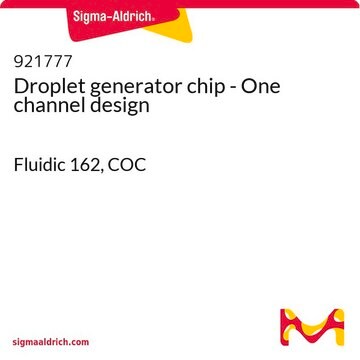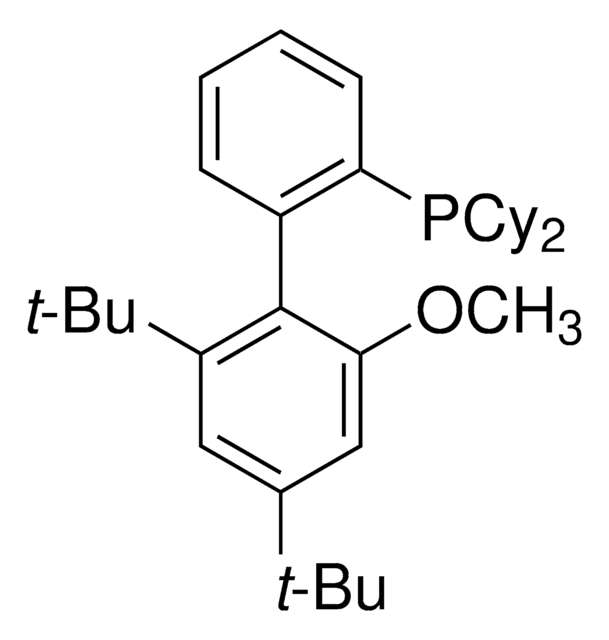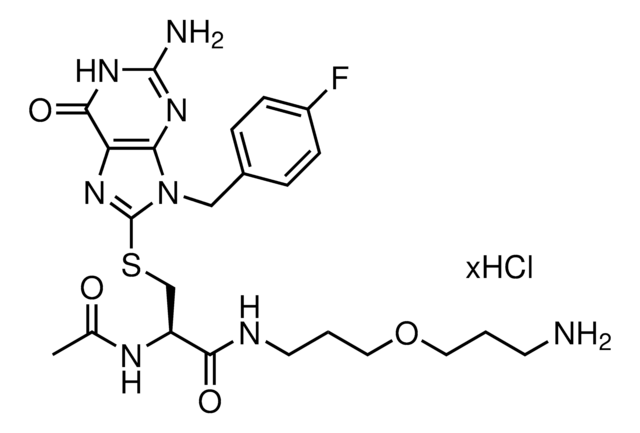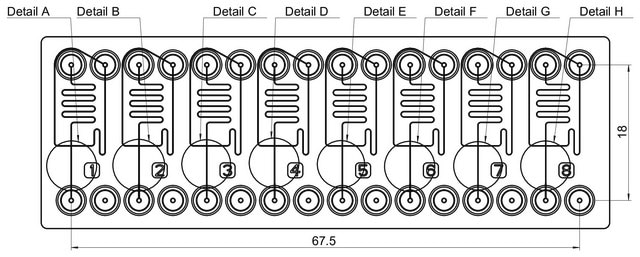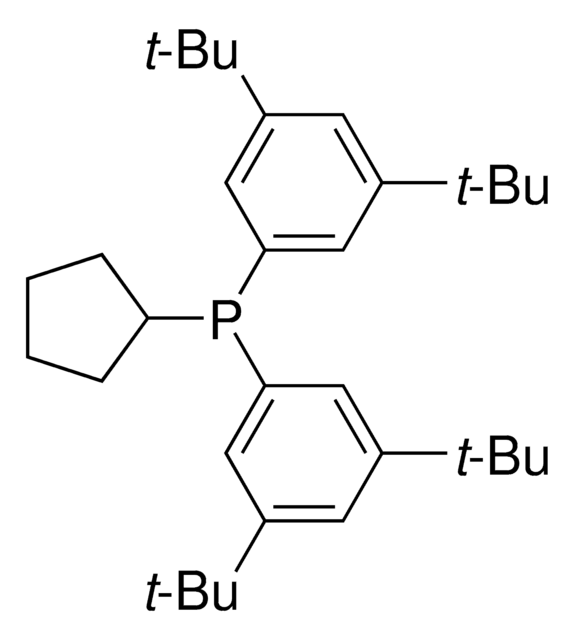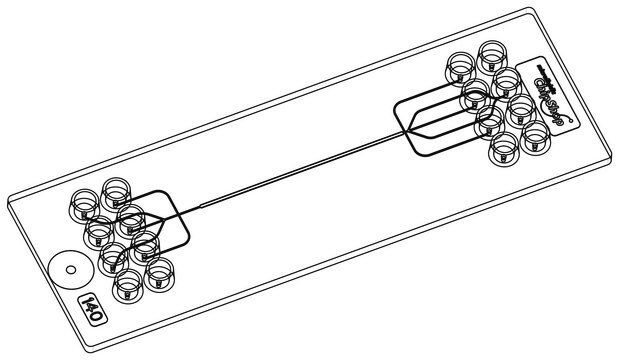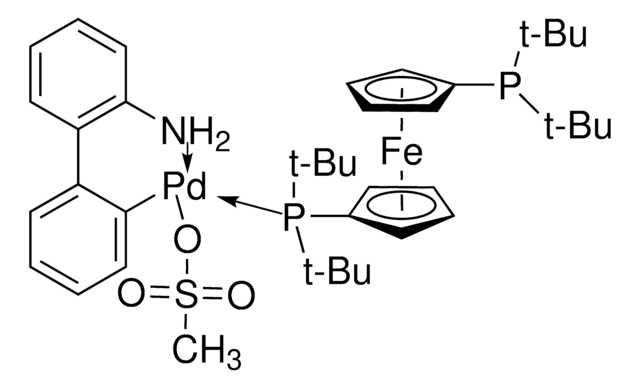929328
FBnG-C3-PEG5-C3-NH2 hydrochloride
≥95%
Sinonimo/i:
(R)-2-acetamido-3-((2-amino-9-(4-fluorobenzyl)-6-oxo-6,9-dihydro-1H-purin-8-yl)thio)-N-(19-amino-4,7,10,13,16-pentaoxanonadecyl)propanamide hydrochloride
About This Item
Prodotti consigliati
Saggio
≥95%
Forma fisica
powder
Gruppo funzionale
amine
Temperatura di conservazione
2-8°C
Stringa SMILE
O=C1NC(N)=NC2=C1N=C(SC[C@@H](C(NCCCOCCOCCOCCOCCOCCCN)=O)NC(C)=O)N2CC3=CC=C(C=C3)F.Cl
Applicazioni
Technology Spotlight: Degrader Building Blocks for Targeted Protein Degradation
Protein Degrader Building Blocks
Altre note
Note legali
Codice della classe di stoccaggio
11 - Combustible Solids
Classe di pericolosità dell'acqua (WGK)
WGK 3
Punto d’infiammabilità (°F)
Not applicable
Punto d’infiammabilità (°C)
Not applicable
Certificati d'analisi (COA)
Cerca il Certificati d'analisi (COA) digitando il numero di lotto/batch corrispondente. I numeri di lotto o di batch sono stampati sull'etichetta dei prodotti dopo la parola ‘Lotto’ o ‘Batch’.
Possiedi già questo prodotto?
I documenti relativi ai prodotti acquistati recentemente sono disponibili nell’Archivio dei documenti.
Il team dei nostri ricercatori vanta grande esperienza in tutte le aree della ricerca quali Life Science, scienza dei materiali, sintesi chimica, cromatografia, discipline analitiche, ecc..
Contatta l'Assistenza Tecnica.